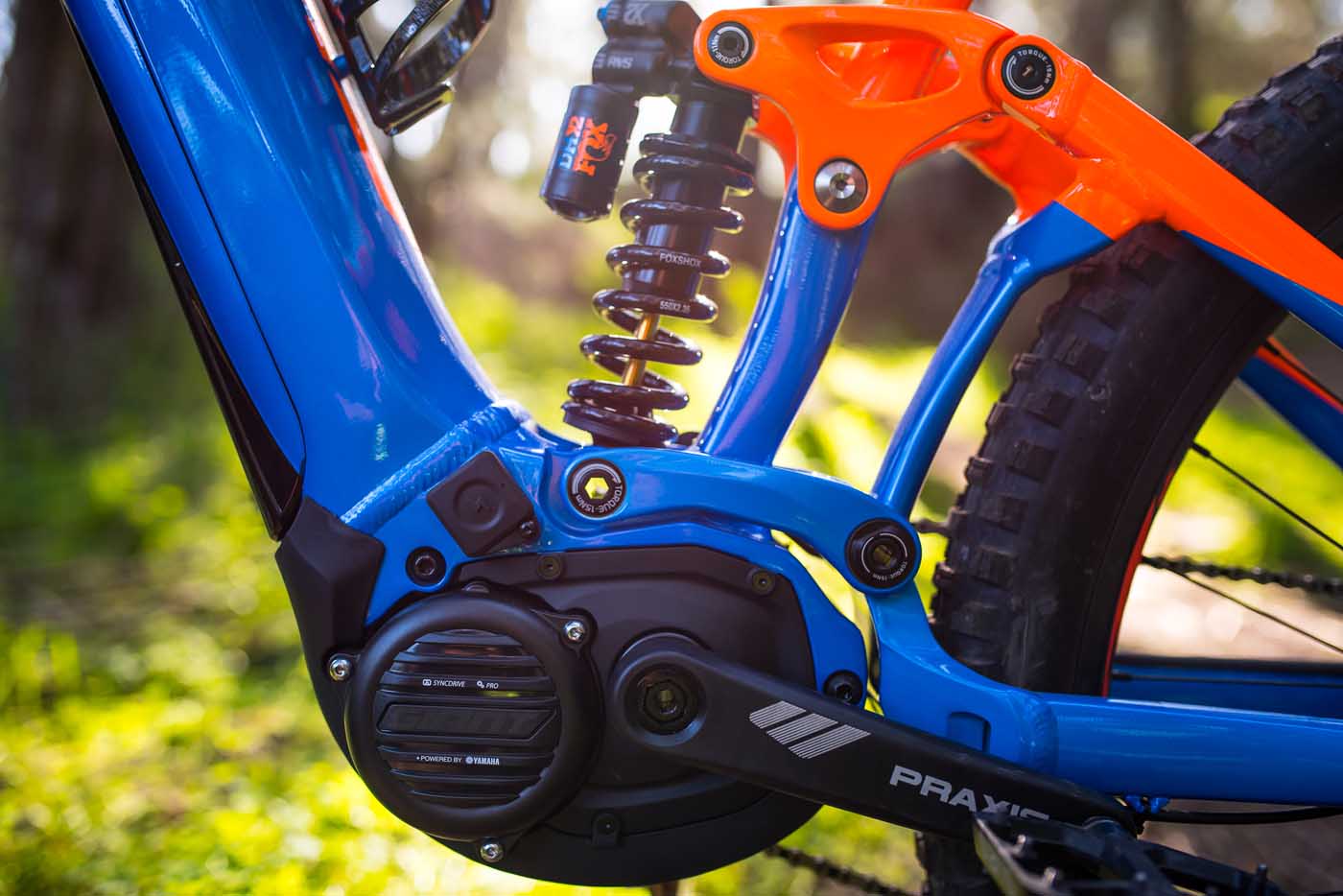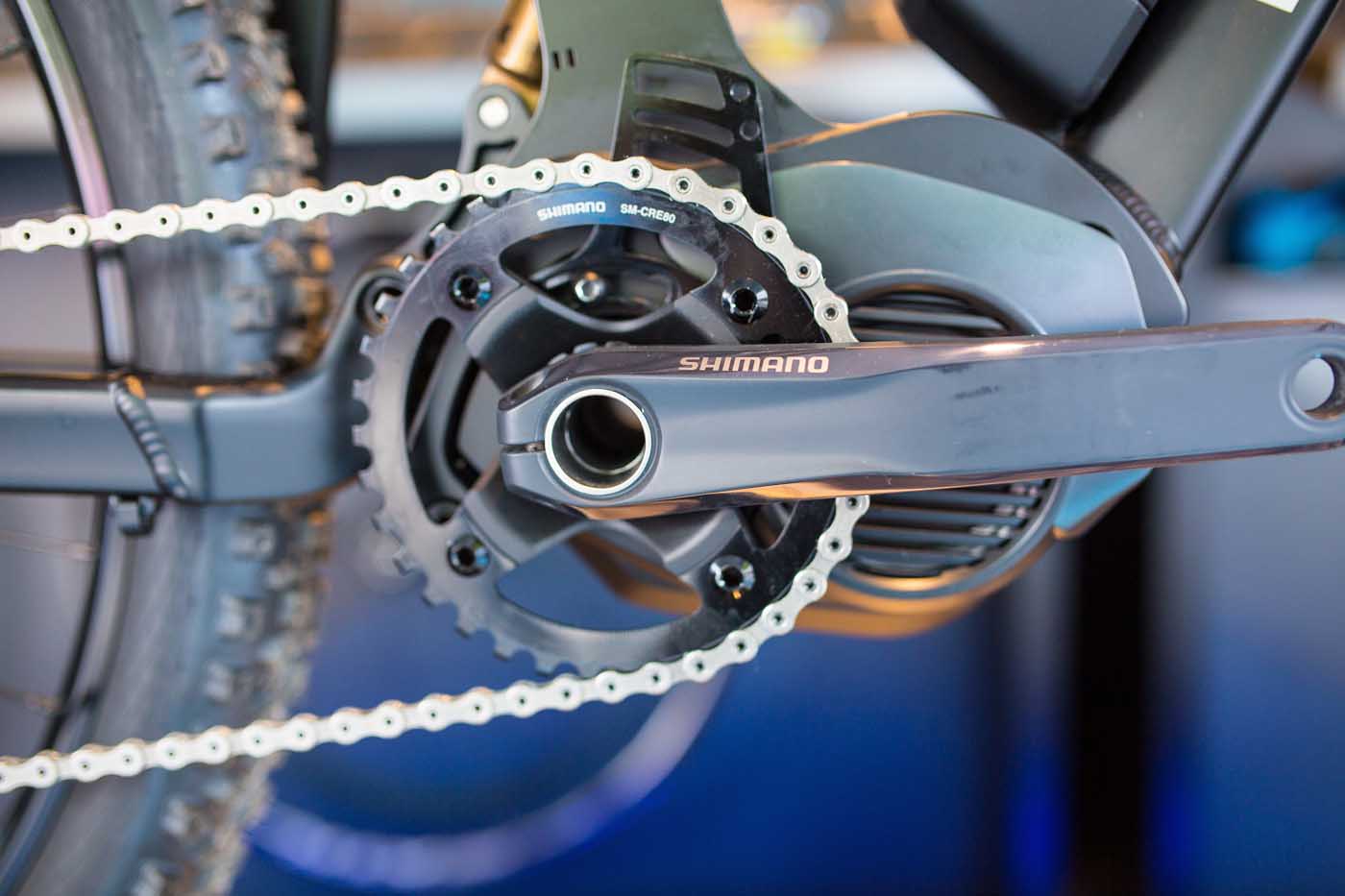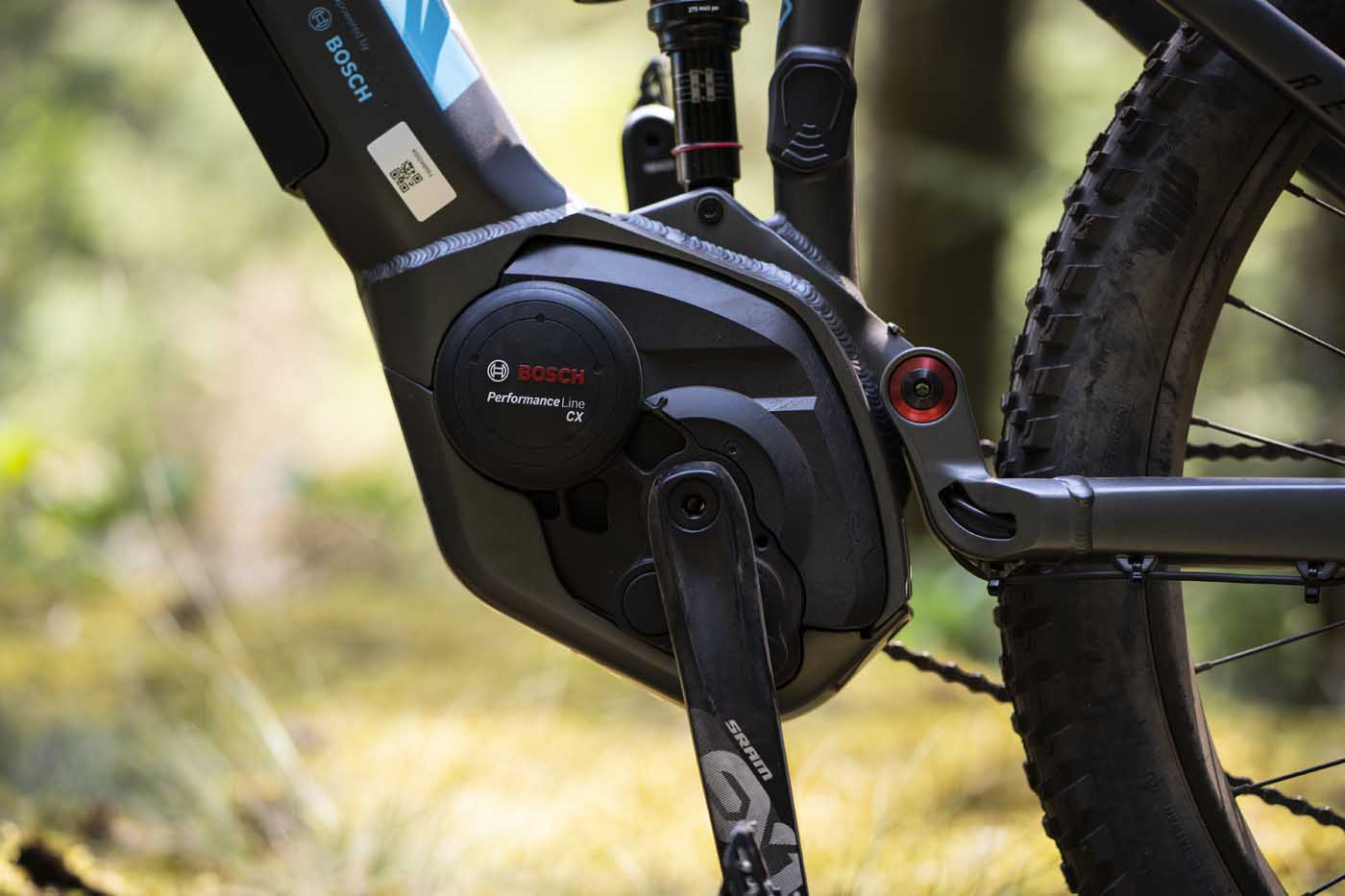Understanding how each of your e-Bike’s power modes work and when you should switch between those various settings during a ride a vital skill. Now I know, especially when you’re new to e-biking, it’s damn near impossible to tear yourself away from riding in anything other than the most powerful setting you have for the entirety of every ride, however you will soon come to realize that to get the most performance out of your e-bike, and the most enjoyment out of each ride, you really need to shift between power mode settings continuously whilst you’re out on the trails.
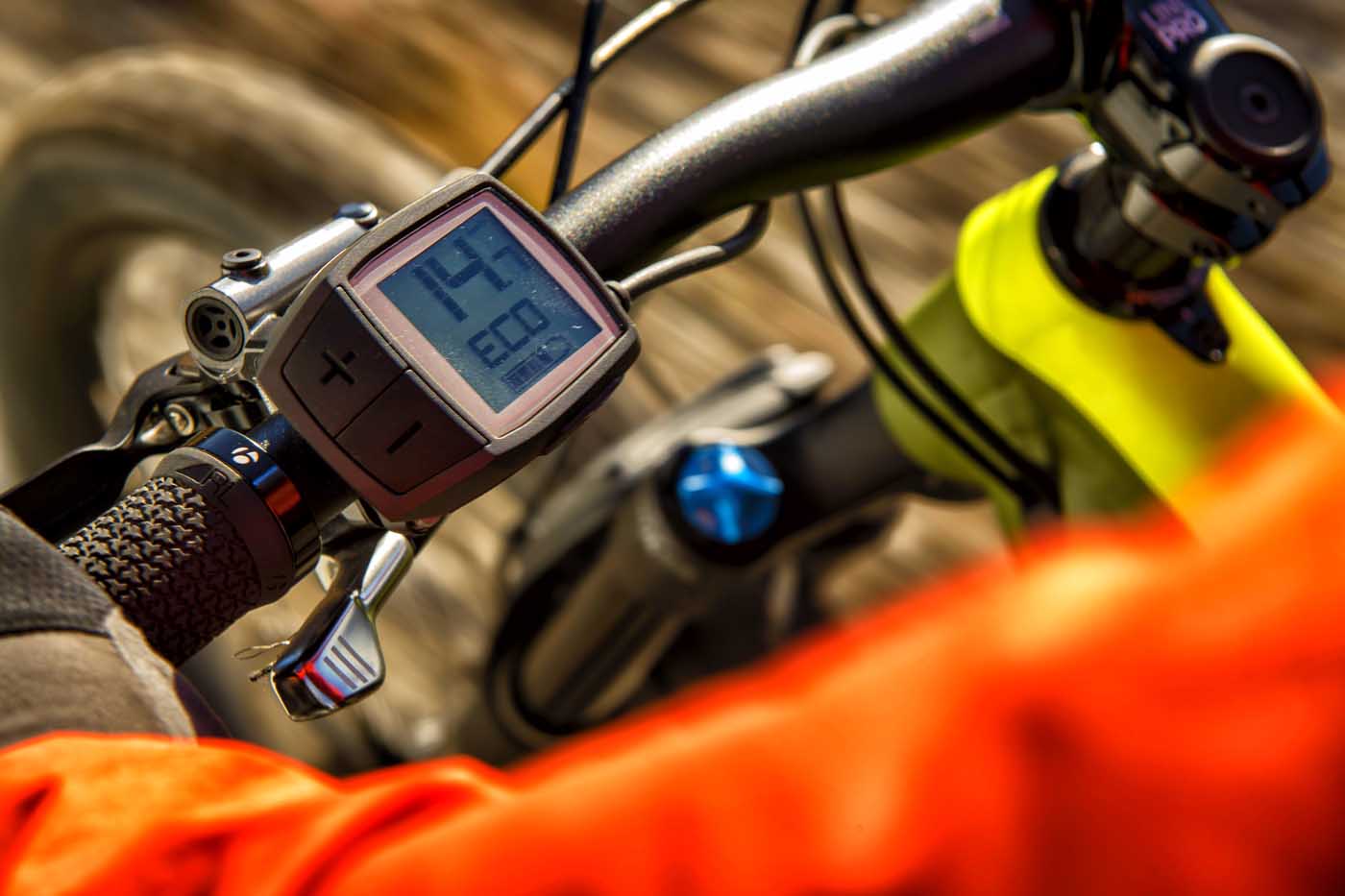
When it comes to e-bike motors, Apples aren’t just Apples! The performance and ride feel of different brands of motors varies dramatically. A Bosch motor differs from a Brose (Specialized) which in turn differs massively from Yamaha (Giant) which again rides a heap different to the feel of a Shimano Steps system, a Fuzua motor is a completely different kettle of fish on top of that and then there’s the Rocky Mountain unit which performs totally different again, etc, etc.
“Now to be totally honest, having spent a lot of time riding each of the different e-bike motors currently offered in Australia I feel there isn’t a system that is clearly more superior than another. They each have their unique strengths and benefits in slightly different areas. Some feel smoother, some feel more intuitive to ride, some have bigger/longer range batteries, some have more torque, etc, etc. Test riding different bikes and finding a drive system that you feels suits your riding style is the best way to choose an e-bike.”
Pedal assist e-Bike motors, as featured within every single e-Bike you’ll find in [E]volution or down at your local bike shop, are designed to deliver power imput from the motor equal to the power your body generates as you spin the cranks. By law the power tops out, or ‘cuts out’ on any e-bike sold in Australia once the rider reaches 25 kilometers per hours. There isn’t a throttle shift or anything like that, you simply apply pressure to the cranks like a regular pedal bike and then sensors fitted to the e-bike tell the motor to kick in and that is how your ‘assisted’ power is delivered. As we listed about, there are a bunch of different brands offering e-Bike motors currently, and each of those motors feature a range of different ‘power modes’ which the rider can shift between during a ride. These different modes ultimately deliver more, or less, levels of assistance. Which means you’re going to have to put in more, or less, power through your legs in order to maintain a desired speed.
Recently we set out to test and prove this for ourselves and so we hit the trails with a variety of different bikes, each fitted with a different motor unit. On one brand e-bike we fitted a brand new chain to the bike, selected the highest power mode setting, put the bike in the hardest gear and we attempted to do reps up the steepest climb we could find and we snapped the chain (literally) in less than 2 minutes! The way in which the power comes on with an e-Bike when you put in as much steam as your legs can deliver is an awesome feeling for sure, but, you need to be mindful, just the same as when you’re driving a manual transmission car or motor bike, etc, if you select the wrong gear and dump as much power into it as possible at the wrong time, there will be consequences and it probably won’t be pretty!
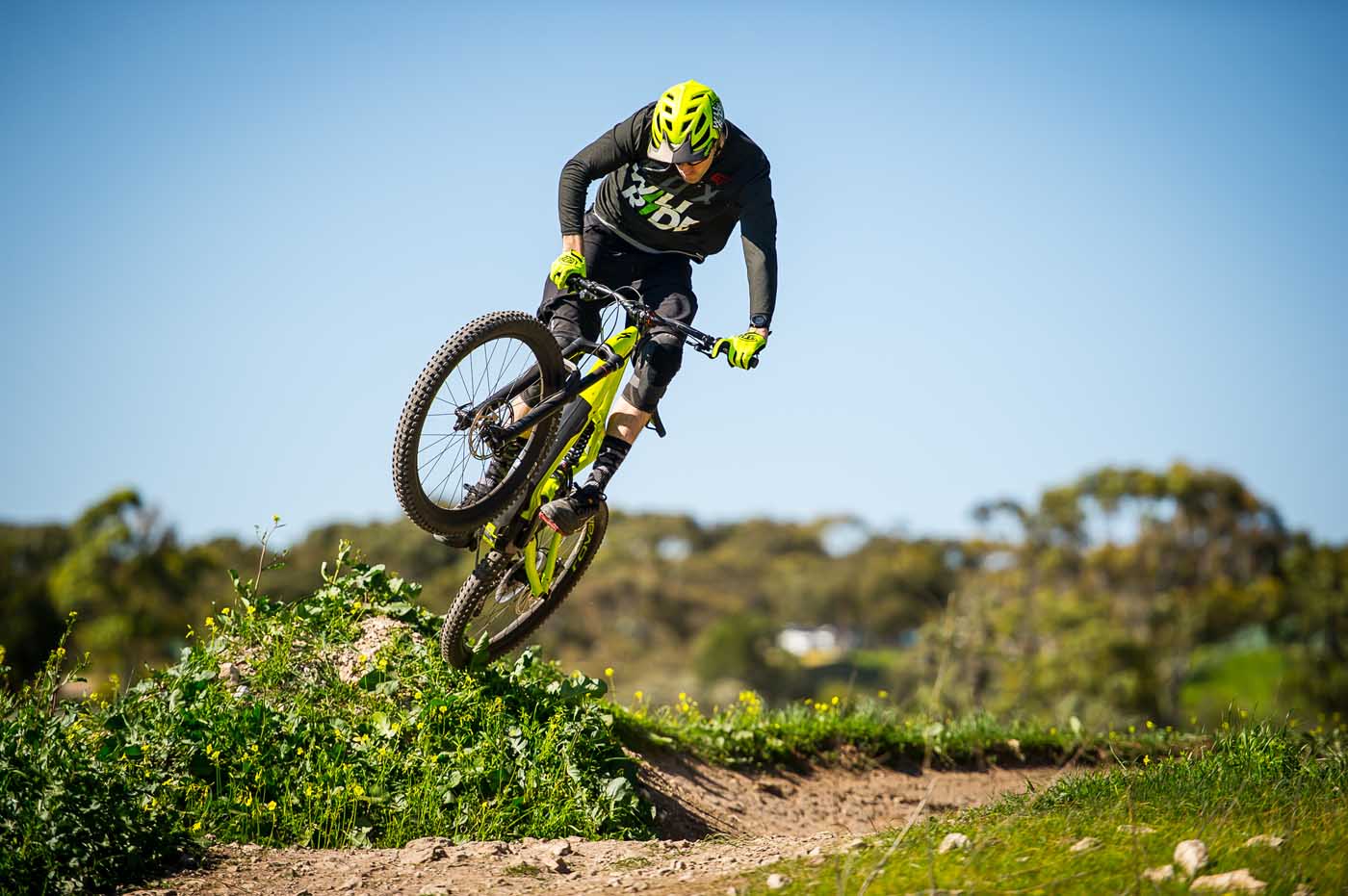
In terms of the different performance characteristics of the most commonly found e-bike motors that you’ll find out there right now, here’s a brief run through based off of our recent first hand experiences. The Specialized Levo’s us a Brose motor which is the only e-Bike motor that uses a belt drive internal and that makes it super quiet. Its power comes on maybe feeling a little less ‘natural’ than other brands, but, it certainly is very smooth. And, the Specialized system also has a fantastic app which allows you to map your rides and customise your levels of assistance – really cool stuff! The power of Giant’s Yamaha system comes on with a punch and is very responsive to your load placed on the pedals. The torque sensor in these bikes is very sensitive, which makes a super playful e-bike on the trail. Shimano Steps is a very popular choice, in fact probably the most popular e-Bike motor on the market right now and for good reason. It rides very smoothly and packs a similar ‘punch’ to the Yamaha when you want that extra burst of power. One thing we really like about the Bosch system is that it has a setting called E-MTB mode. This is great for some people and not for others. It really depends on what you want out of your e-bike. We hope to go into this mode in depth later in the magazine. Rocky Mountain’s power is the most sensitive of the lot. The torque sensor flex plate can sense just the smallest amount of pressure.
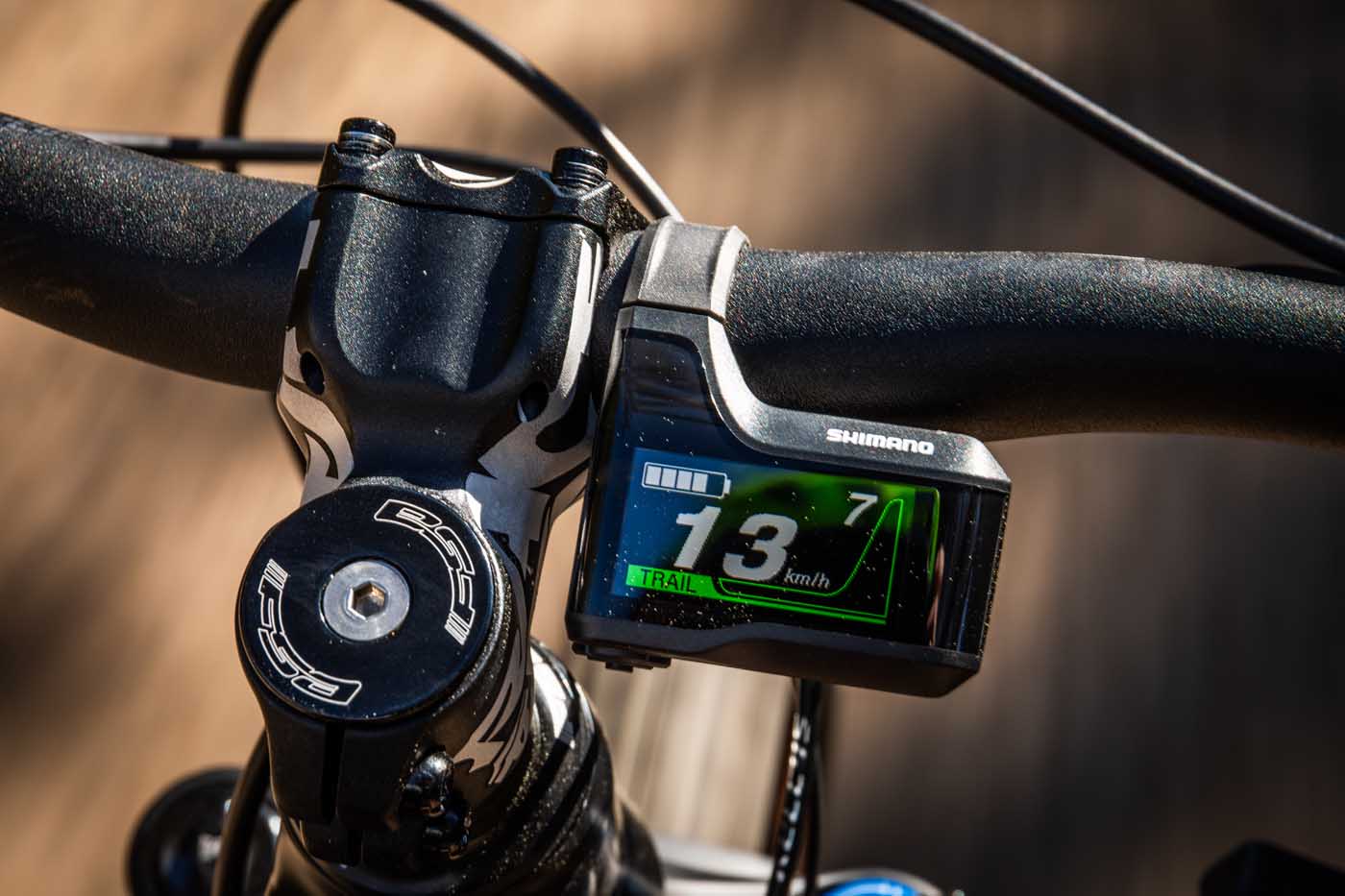
‘Boost / Turbo’ High power modes
Obviously, this is the mode you’ll probably want to use for commuting from A to B or for getting to and from the trails (even though you’re actually better off using your ‘Eco’ mode for this type of riding), but once you get to the trails and you hit that single track that is when you’ll want to start considering shifting between the other power mode settings as well.
Your most powerful mode setting is best for steep pinches and for linking up hill switchbacks. “Uphill flow”. This mode is great for high intensity rides, and can be used to keep a higher average speed while on the trails. It is a good mode to use if you have lots of corners with slow exit speed. As soon as you can get pressure on those pedals, it will assist big time out of corners. Get out of the saddle and work this mode to its full capacity, it can be an amazing ride!
‘Trail’ Middle power modes
Some bikes have more than one mode between low and high.
The middle mode is a perfect mode for all round trail riding.
The middle power modes are great for steep climbs with loose soil and gravel. Having just enough torque to get you up the pinch but not so much torque that your wheels spin in the soft soil. Different e-bike systems sense your pedal input in different ways, this is also reflected by different power output at your rear wheel. Sometimes its better to drop down to a middle power mode before a climb if you think there is risk of the front wheel lifting or your wheels spinning on rocks or roots.
‘Eco’ Lower power mode
Most bikes have an Eco mode. Selecting a lower power mode is great for longer rides and conserving your battery. Using the lower power mode is also perfect for flat transition sections of trail, fire road, or road. Keeping the e-bike in a lower power mode means there will be less torque, (less of a punch when you pedal). It means you won’t be bouncing around between motor assist cut in (24kmph) and cut out (25kmph).
If you were to choose a high power mode on a flat section of road, you would constantly be fighting between motor cut in and cut out, meaning the bike would be jerking on and off as you pedal.
Words // Will Rischbieth
